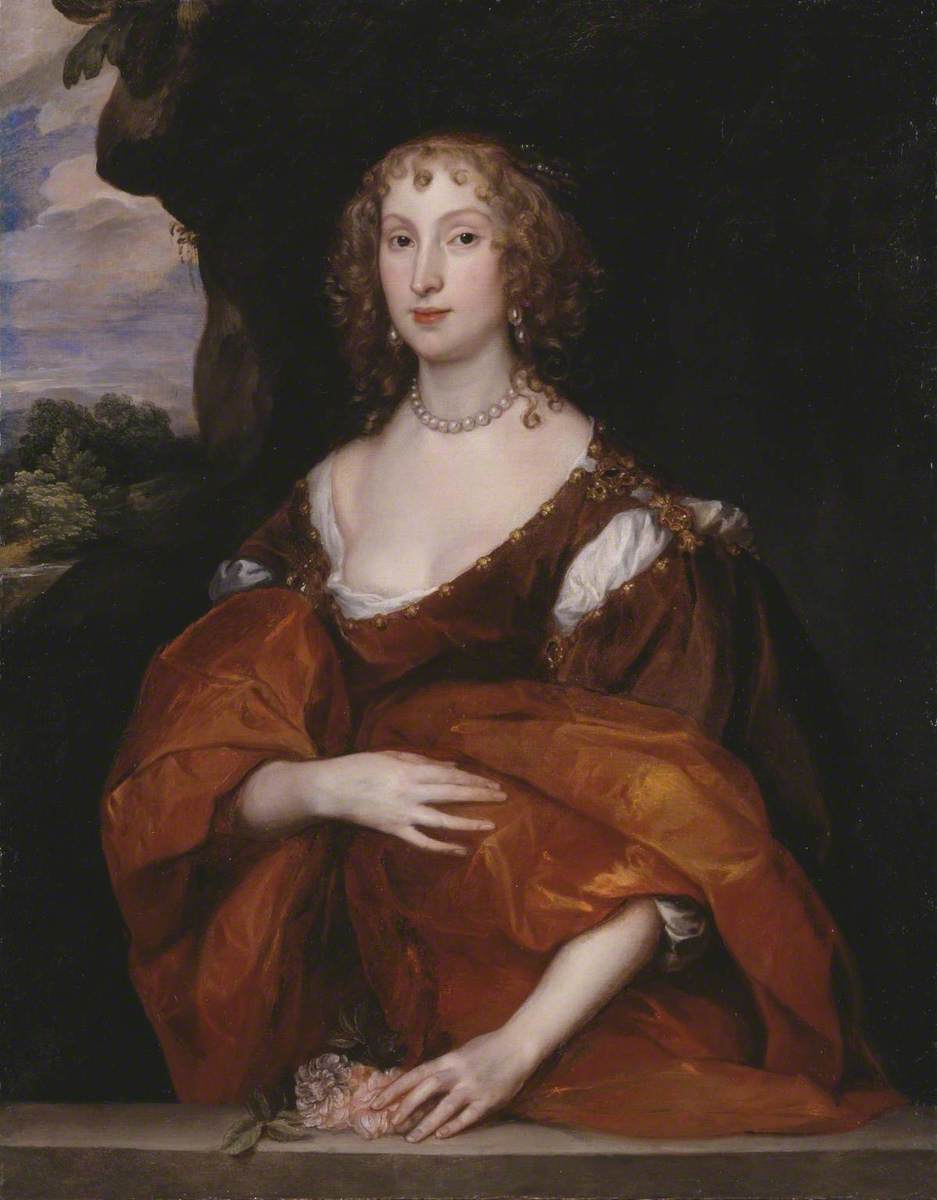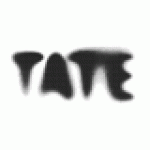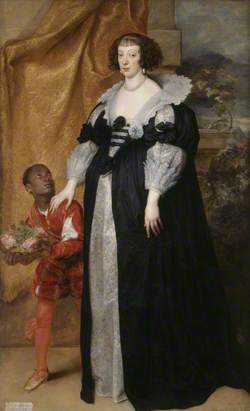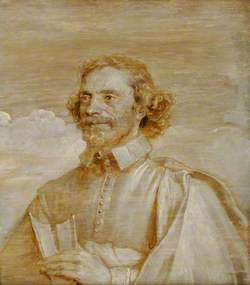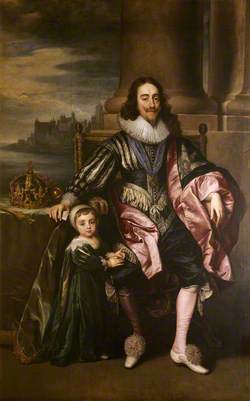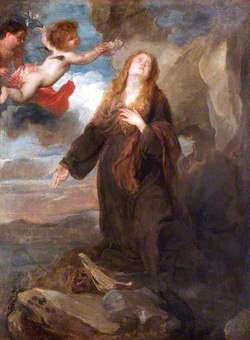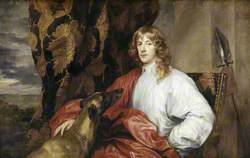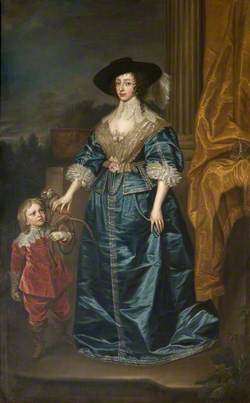How you can use this image
This image is available to be shared and re-used under the terms of the Creative Commons Attribution-NonCommercial-NoDerivatives licence (CC BY-NC-ND).
You can reproduce this image for non-commercial purposes and you are not able to change or modify it in any way.
Wherever you reproduce the image you must attribute the original creators (acknowledge the original artist(s) and the person/organisation that took the photograph of the work) and any other rights holders.
Review our guidance pages which explain how you can reuse images, how to credit an image and how to find more images in the public domain or with a Creative Commons licence available.
DownloadNotes
Add or edit a note on this artwork that only you can see. You can find notes again by going to the ‘Notes’ section of your account.
The sitter’s husband, Sir William Killigrew (1606–1695) was a courtier to Charles I, and also later a playwright. Sir William’s portrait by Van Dyck, also dated 1638, was acquired by Tate in 2002 (Tate T07896). The present portrait of his wife was acquired from an entirely different source less than a year later. The two pictures were known to have been apart for at least the previous 150 years. The re-united works are now thought to be the only companion pair of husband-and-wife portraits from Van Dyck’s English period in a British publicly owned collection. William Killigrew was knighted by Charles I in May 1626 – probably shortly after his marriage to Mary Hill of Honiley, Warwickshire. Neither the dates of her birth nor her death are recorded.
Lady Mary here gazes out at the viewer directly. By the late 1630s, Van Dyck seems to have devised for his female portraits a less specifically fashionable form of dress. Clearly the prestige of being painted by him was such that his sitters were prepared to accept this. Lady Mary is shown in just such a gown – simplified, and minus the kind of richly textured lace that was so time-consuming to paint – and which has thus become a ‘timeless’ version of contemporary dress. The border of her shift appears just above the edge of her deep red gown, both pulled low. It is clear that Van Dyck has absorbed ideas from Venetian painters. Titian’s Flora, of around 1515–1520 (Galleria degli Uffizi, Florence) is, for instance, a comparable image of a beautiful woman, perhaps in the role of the classical goddess Venus, golden hair trailing across her cheek, cream shift barely covering her breast and shoulder, and roses held in one hand. Lady Mary, too, holds roses which, as attributes of Venus, are symbols appropriate to a happily married woman. Moreover, her position behind a stone parapet echoes other images by Titian, such as the portrait of ’La Schiavona’ (the Dalmatian woman) of around 1510–1512 (National Gallery, London).
The inscription, lower left, 'My Lady. KILLIGR[E]W / van..Dyck 1638', resembles ones on images by Van Dyck of other Killigrew family members, including the companion portrait of Lady Mary’s husband. Van Dyck has had a greater impact on British portrait-painting than any other artist. He was born and trained in Antwerp and first visited England in 1620–1621, before moving to Italy where he assimilated the works of Titian and other Venetian painters. In 1632 he returned to England and entered the service of Charles I, where he reinvented the visual imagery of the English court.
Further reading Malcolm Rogers, 'Golden Houses for Shadows: Some Portraits of Thomas Killigrew and his Family', in ed. David Howarth, 'Art and Patronage at the Caroline Courts', Cambridge, 1993, pp.220–242 Karen Hearn, 'Sir Anthony van Dyck: Portrait of Sir William Killigrew', 1638, Tate, Patrons’ Papers 6, 2003. Karen Hearn August 2003
Title
Portrait of Mary Hill, Lady Killigrew
Date
1638
Medium
Oil on canvas
Measurements
H 106.5 x W 83.3 cm
Accession number
T07956
Acquisition method
Purchased with assistance from the Art Fund, Tate Members and the bequest of Alice Cooper Creed 2003
Work type
Painting
